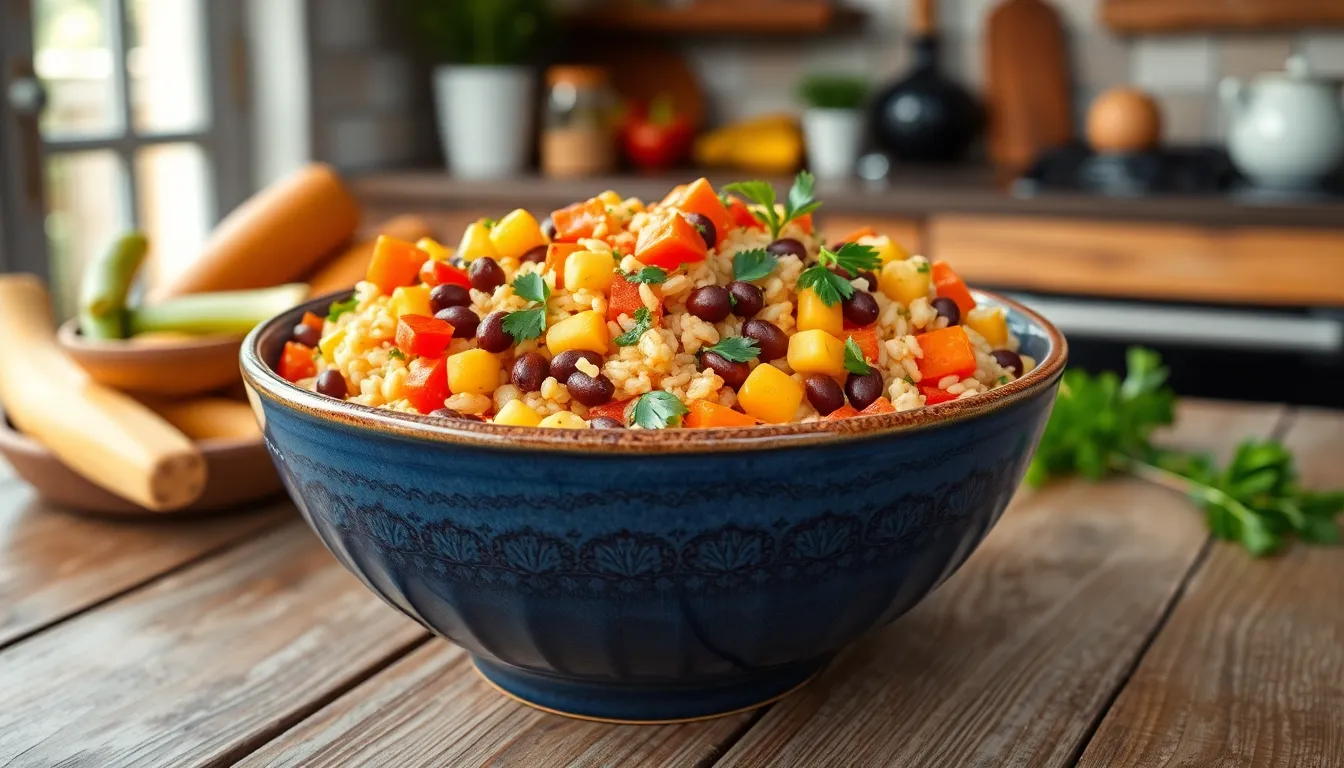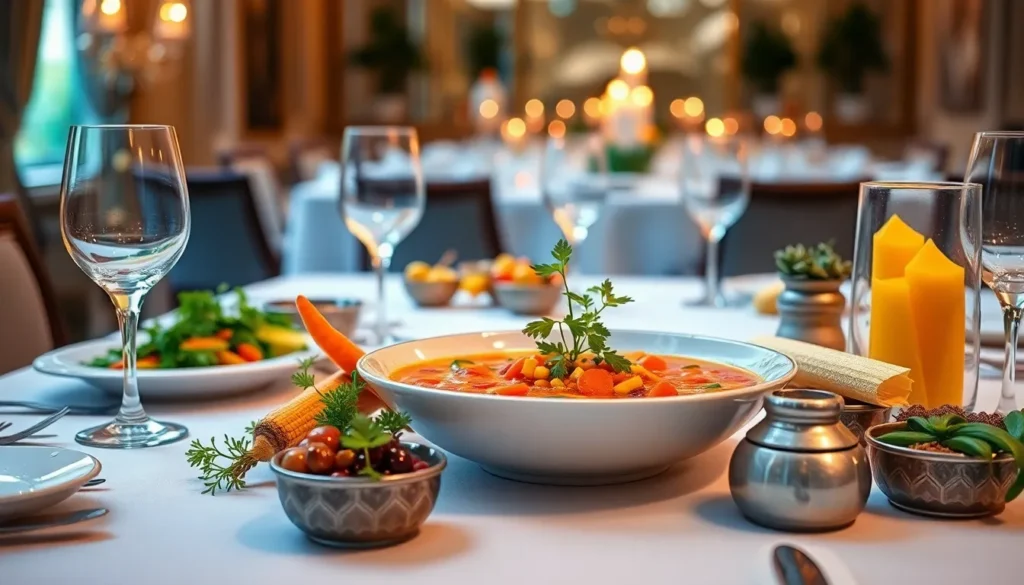Rizopacho, a delightful dish that’s often overshadowed by its flashier culinary cousins, is making waves in health circles. But wait—does it pack a punch when it comes to iron content? If you’ve ever found yourself staring at a bowl of this deliciousness, wondering if it’s more than just a tasty treat, you’re not alone.
Picture this: you’re at a dinner party, and someone casually mentions rizopacho. The room goes silent, eyebrows raise, and suddenly, everyone’s curious about its nutritional profile. Is it a secret superhero for your iron levels or just another dish in the food universe? Join the adventure as we dive into the iron content of rizopacho, unraveling the mystery behind this often-overlooked gem. Who knew a bowl of rice could spark such intrigue?
Is Rizopacho High in Iron
Rizopacho is a dish rich in various nutrients, making it an interesting addition to any meal plan. The combination of key ingredients contributes to its overall health benefits, including its iron content.
Key Ingredients and Their Benefits
Rice serves as the primary base, providing carbohydrates for energy. Beans add protein and fiber, which promote satiety and gut health. Vegetables like carrots and corn introduce essential vitamins, aiding overall wellness. Spices enhance flavor while offering antioxidant properties. Together, these ingredients not only create a filling dish but also support a balanced diet.
Nutritional Content Analysis
Rizopacho typically supplies around 150 calories per serving, depending on preparation methods. Each serving contains 7 grams of protein, 3 grams of fiber, and 2 grams of fat. Iron content averages about 1.5 milligrams per serving, contributing to daily nutritional needs. This dish can fit well into meals aimed at improving iron intake, especially when complemented with vitamin C-rich foods to enhance absorption.
Iron Content in Rizopacho

Rizopacho serves as a modest source of iron, typically providing around 1.5 milligrams per serving. This value contributes positively to daily iron intake, beneficial for those seeking to address deficiencies.
Sources of Iron in Rizopacho
Iron primarily comes from beans, a key ingredient in rizopacho. Beans provide not only protein and fiber but also contain significant amounts of non-heme iron. Rice contributes minimally to iron levels, while vegetables like carrots and corn offer trace amounts, enhancing the dish’s nutritional diversity. Adding certain spices may also contribute to its overall antioxidant properties without significantly altering iron content.
Comparison with Other Iron-Rich Foods
Rizopacho’s iron content is lower compared to other iron-rich foods. Spinach, for instance, contains about 3.6 milligrams of iron per cooked cup. Red meat, well-known for its high iron levels, averages around 2.7 milligrams per ounce. In contrast, fortified cereals can supply upward of 18 milligrams per serving, making them a much denser source. While rizopacho alone may not meet all iron needs, it can be part of a balanced diet alongside these richer iron sources.
Health Benefits of Iron
Iron plays a crucial role in overall health. It supports the production of hemoglobin, the protein responsible for transporting oxygen in the blood. Additionally, iron contributes to energy metabolism, helping the body maintain stamina throughout daily activities. Sources of iron can vary, with heme iron from animal products being more easily absorbed compared to non-heme iron from plant-based foods.
Importance of Iron in the Diet
Iron’s importance cannot be overstated in a balanced diet. Adequate iron intake ensures proper red blood cell development, essential for oxygen delivery to tissues. It also helps bolster immune function, enabling the body to resist infections effectively. Adults require varying amounts of iron; men typically need about 8 milligrams daily, while women of childbearing age need around 18 milligrams to support menstrual health. Including iron-rich foods like beans, spinach, and lean meats can help meet these requirements.
Consequences of Iron Deficiency
Iron deficiency can lead to significant health issues. Fatigue often surfaces as a common symptom, making daily tasks feel more strenuous. Anemia, a condition characterized by low red blood cell counts, may develop when iron levels drop significantly. Those affected might experience weakness, pale skin, and shortness of breath. Cognitive functions can also decline, with some individuals reporting difficulty concentrating. To prevent these consequences, maintaining sufficient iron levels is essential for optimal health and well-being.
Conclusion
Rizopacho emerges as a flavorful dish that offers a modest iron content primarily from its bean ingredients. While it won’t replace more iron-rich foods like spinach or red meat, it serves as a valuable addition to a balanced diet. Its combination of nutrients makes it a great option for those looking to enhance their overall health. Pairing rizopacho with vitamin C-rich foods can further improve iron absorption. For anyone exploring new culinary delights while being mindful of their iron intake, rizopacho is certainly worth considering.
